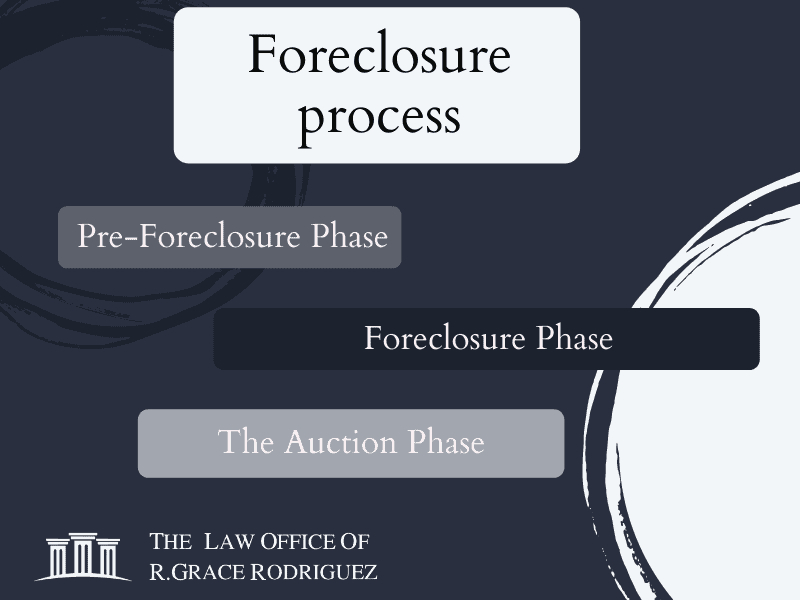Unlike other states in America, the entire foreclosure process in California is a complex one. Also, there are judicial and non-judicial foreclosures. As a result, you will need to be highly knowledgeable to understand the entire process.
People often use non-judicial foreclosures because it doesn’t allow any borrower-friendly option in place for the people that are victims of foreclosure.
To make life easier, you should work with the Law Offices of R. Grace Rodriguez. We are an experienced and certified bankruptcy law firm. Let us help you through the foreclosure process in California.
There are three foreclosure processes in California that you need to know about; the pre-foreclosure phase, the foreclosure phase, and the auction phase. The good thing is that these steps are fully backed by the government. Let’s explore more…
Pre-foreclosure Phase
Foreclosure Phase
The Auction Phase

